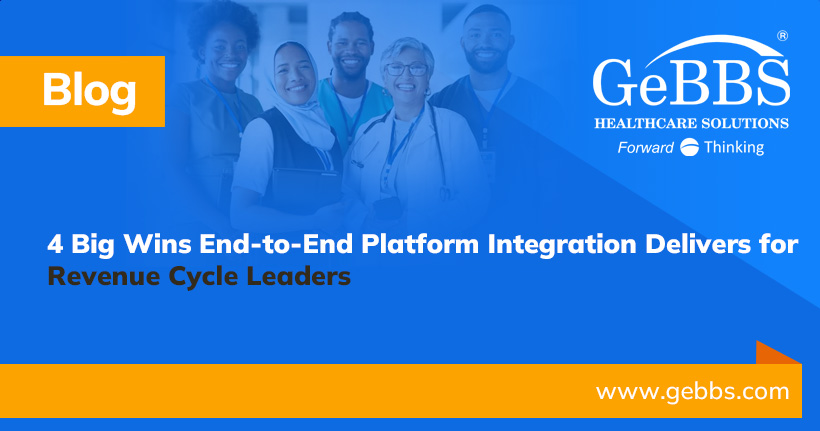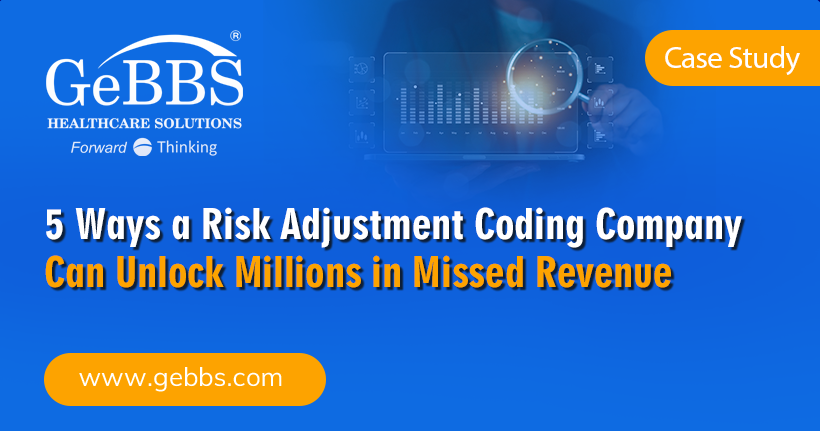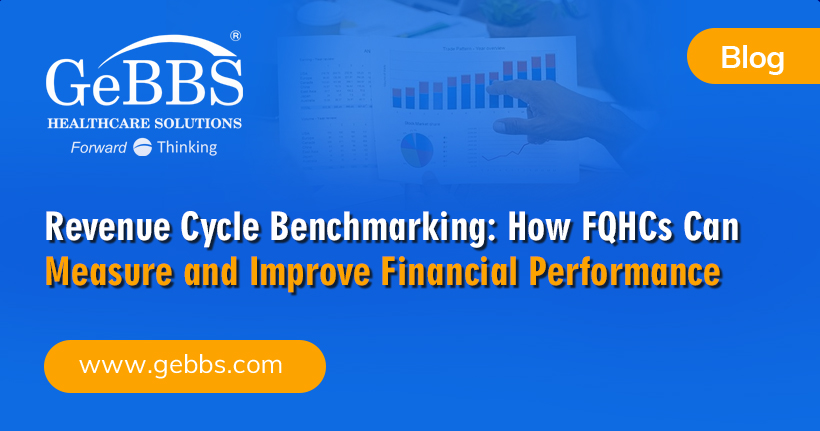The revenue cycle isn’t broken…but some days it sure feels like it. One system spits out data that doesn’t line up with another. Staff chase down information that should’ve been there from the start. Reports trickle in late. Some days, maybe you catch yourself staring at a screen thinking, “Why does this have to be so hard?”
It’s not your fault. But the truth is, disconnected systems make your job harder than it should be. And the constant delays and endless rework take their toll. It wears on you and your staff, not to mention your organization’s bottom line.
Thankfully, it doesn’t have to stay this way. When you partner with a vendor who provides end-to-end platform integration, the dots finally connect and the wins are immediate and tangible. Here are four of the biggest ones worth calling out.
1. Break Down Silos Between Systems
Think about how much time gets lost when your systems don’t talk to each other. The EHR captures clinical data, the billing system handles charges, and practice management software takes care of scheduling. But when they’re disconnected, it’s like having three translators in the room, each speaking a different language. Staff spend their days chasing data instead of working with it.
Partnering with a vendor who provides true platform integration changes the conversation. Clinical, financial, and operational data flow in a single stream. That means everyone (from front-desk staff to billing teams to administrators) works from the same set of numbers. No more arguing about whose report is right. No more finger-pointing when claims get stuck. Now, you have one source of truth. And when the silos fall, collaboration starts to feel natural again.
2. Reduce Bottlenecks
Even the smoothest revenue cycle can come to a standstill when handoffs between systems depend on manual effort. A registration clerk inputs data into one platform, but then someone else has to re-enter it into another. Each handoff is a red light. And when you’ve got enough red lights, traffic jams are inevitable.
Integration keeps the green lights on. Automated connections move information seamlessly, whether it’s patient demographics or insurance details. Instead of waiting on staff to push the process forward, the system does the heavy lifting in the background. The result? Claims move faster, denials drop, and bottlenecks that once felt unavoidable begin to fade.
What’s surprising here is that more automation doesn’t mean less oversight. It actually means more visibility into where the process slows down. When the system highlights delays, leaders can step in before they spiral into bigger problems. And speaking of visibility, let’s dive into that further.
3. Improve Visibility Across the Entire Revenue Cycle
Running a revenue cycle without integration is like driving through fog. You see a few feet ahead, but the bigger picture is hidden. Leaders end up relying on piecemeal reports from different systems, each one offering a slice of the truth but never the whole story.
A vendor who provides an integrated platform clears the fog. Real-time dashboards provide a panoramic view of performance, from registration to final payment. Suddenly, it’s possible to see where claims are stuck and how denial rates are trending.
Now, let’s contrast this with the old way. Instead of waiting for end-of-month reports, you can spot a spike in rejections mid-week. When this happens, you can intervene immediately and stop the bleed before it grows.
4. Strengthen Cash Flow with Faster Reimbursements
At the end of the day, the revenue cycle is about money in and money out. When reimbursements lag, budgets tighten and long-term planning feels impossible. The unpredictability alone can keep leaders up at night.
End-to-end integration helps smooth your cash flow’s peaks and valleys. Cleaner claims mean fewer rejections. Automated workflows speed up payer responses. And with fewer delays, reimbursements hit the books more quickly.
With steadier, reliable cash flow, your organization has the breathing room to invest in growth and improve patient services. And you finally have financial resilience in a landscape that rarely feels predictable.
Build a Unified Revenue Cycle You Can Trust
The frustrations you wrestle with today don’t have to define tomorrow. What if the siloed systems, daily data chases, and endless rework could finally disappear for good?
Imagine walking into the office and seeing a dashboard that tells the full story at a glance. Claims move cleanly through the cycle and cash flow arrives steady instead of erratic. Meetings shift from finger-pointing to forward planning. Even the late-night worry about budgets starts to ease.
That’s the difference a partner who provides end-to-end platform integration can make. What you gain is not only efficiency. It’s the calm of steady cash flow and a revenue cycle that supports your goals instead of slowing them down. Disconnected systems can sabotage your revenue cycle. They drain time. Create errors. And rob leaders of visibility. GeBBS’ end-to-end platform integration connects every stage of the cycle into one seamless ecosystem. The payoff? Real-time visibility, fewer bottlenecks, cleaner claims, and cash flow you can actually count on. And because integration is built into our comprehensive RCM services, you get both the technology and the expertise to keep it running smoothly. With GeBBS, your revenue cycle finally works as one. Contact us today to learn more.






